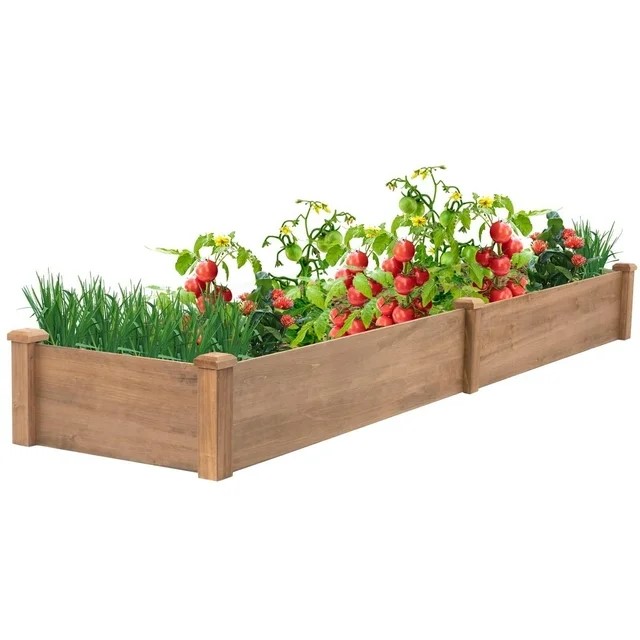7 raised bed gardening mistakes to avoid – for a bumper fruit and vegetable harvest
Experts share the most common raised bed gardening mistakes that you should avoid if you want your yard to thrive

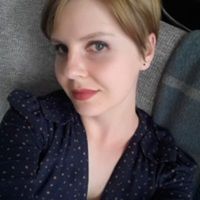
Thomas Rutter
Raised beds have long been popular with gardeners for their ease of use. They are a practical solution that allows gardeners to grow a variety of flowers, fruits, and vegetables in spaces of all sizes. However, despite their versatility, there are some mistakes to avoid when considering raised bed garden ideas.
Raised beds are useful for all gardeners, whether growing tomatoes and cucumbers in a community garden or raising annual flowers in a small backyard. Learning how to build a raised garden bed is relatively straightforward and cost-effective, using old wood to create a basic frame. However, once your bed is built, there are things to know about maintaining this structure.
Here, we share advice and ideas from gardening experts and crucially, the raised bed gardening mistakes you should avoid, helping your raised beds to thrive for years to come.

Raised bed gardening mistakes
Whether you are a beginner gardener or one with plenty of experience, implementing kitchen garden ideas in backyards is always a fun and exciting garden project. There are, however, common mistakes that can occur when building and maintaining raised beds. Here's what you need to avoid – and what the experts recommend instead.
1. Size is important
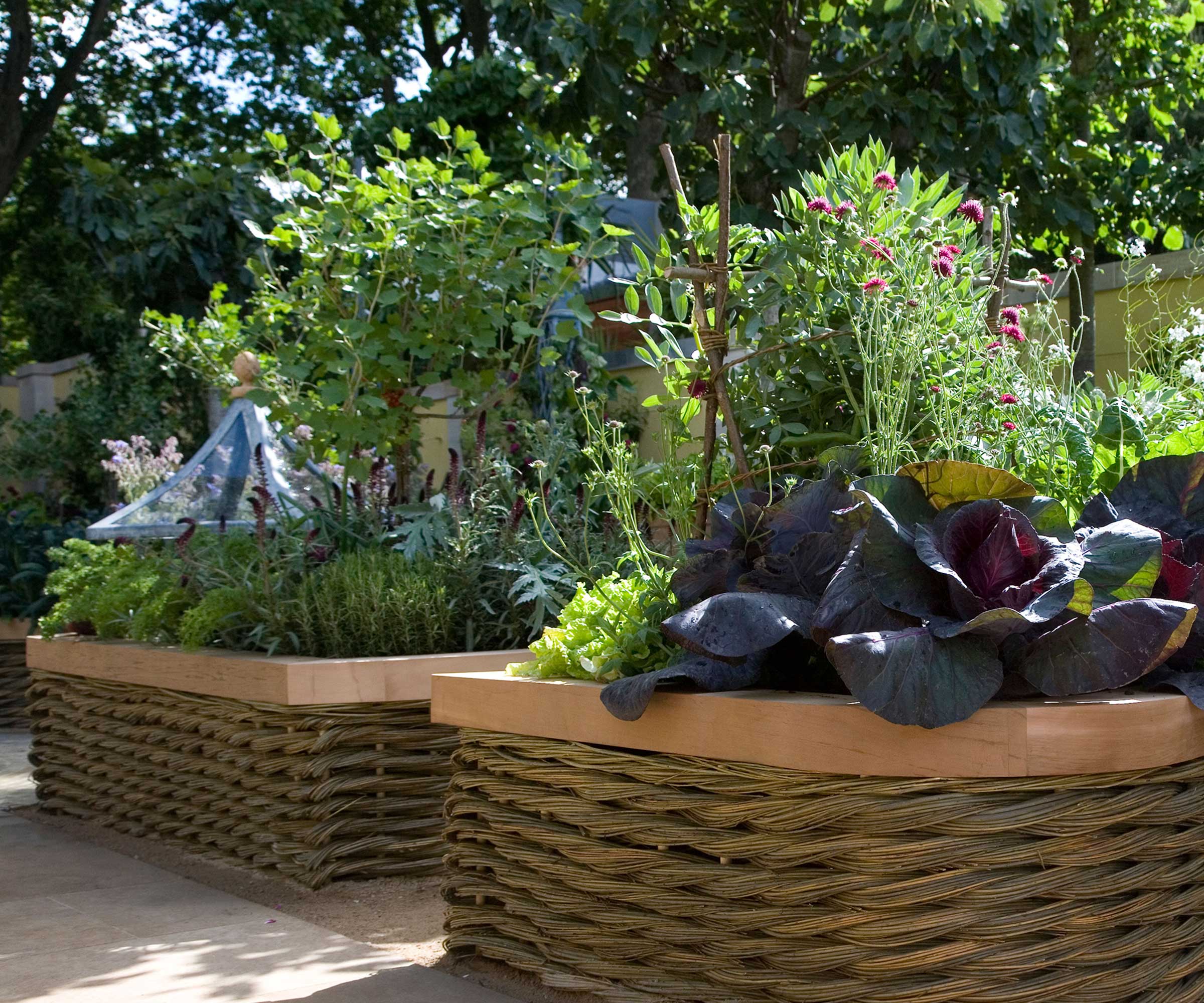
Whether you're learning how to grow potatoes or another crop, the size of the raised bed will make a big difference to your yield.
It is a good idea to make the bed small to medium in size so that you can reach the entire bed. There is nothing worse than not being able to reach a prize tomato and having to walk on the bed to grab it.
For example, if your bed is against a garden wall, don't make it four feet wide, as you won't be able to reach the back, wasting half the bed. Making the raised bed practical to use is important.
Design expertise in your inbox – from inspiring decorating ideas and beautiful celebrity homes to practical gardening advice and shopping round-ups.
When considering how deep should a raised bed be, remember that height matters, especially in terms of accessibility. Many gardeners might not be able to reach low to the ground or want to kneel when gardening, so adjusting the height of a raised bed so it works for you is a good idea.
2. Do not skip the planning stage

'When you skip the planning stage, you risk placing your raised bed in the shade or facing a sub-optimal direction, reducing sunlight exposure for your plants,' warns Emma Loker from DIY Garden. 'Instead, taking the time to plan before you pick up the tools can pay dividends later on.'
Emma recommends positioning your raised bed facing north-south rather than east-west to optimize sunlight exposure. 'Ensure your raised bed location isn't shaded by shrubs or trees before construction,' she adds.
At this stage, it is a good idea to ask what can you grow in raised garden beds. Think carefully about what you want to grow and how this might impact the size and depth of the bed. If you want to grow fruit bushes, for example, a deeper bed would be required.

Emma is a garden and plant expert, and the Chief Editor at DIY Garden. She is an avid gardener who loves all things nature-related. She believes in the therapeutic power of nature and the positive impact of gardening on mental health.
3. Carefully choose the location for your bed
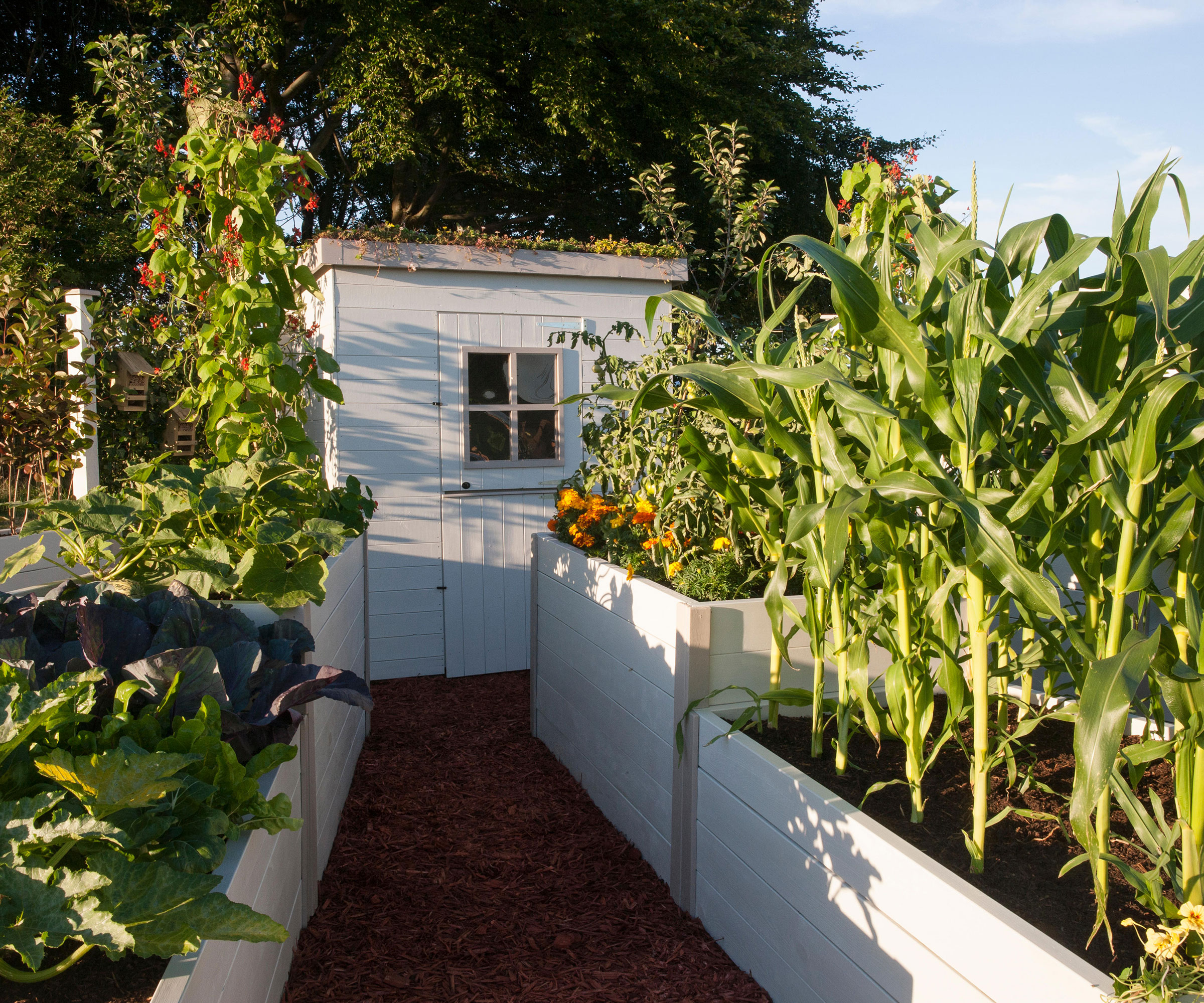
This one seems simple, but many gardeners make this mistake. Garden beds should be positioned in the most suitable spot in the yard. If you've put your raised bed under a tree in full shade, then your plants aren't going to grow very well. For more information, see our guide on where is the best place to put a raised garden bed.
All flowers, fruits and vegetables need the sun to thrive, so always choose a sheltered position in full sun or part shade for your raised garden beds. And, importantly, think about irrigation and watering duties, which will be crucial in the summer. Position the beds in a place that is accessible for your irrigation system or garden hose. Alternatively, purchase a hose extender available at Walmart, to water beds that are far from the faucet.
4. Leave plenty of space between garden beds

It may be tempting to have your garden beds close to each other, but this can make gardening more difficult. As a general rule, leave enough room to move a wheelbarrow in so that you can move compost and mulch.
5. Avoid weed killer
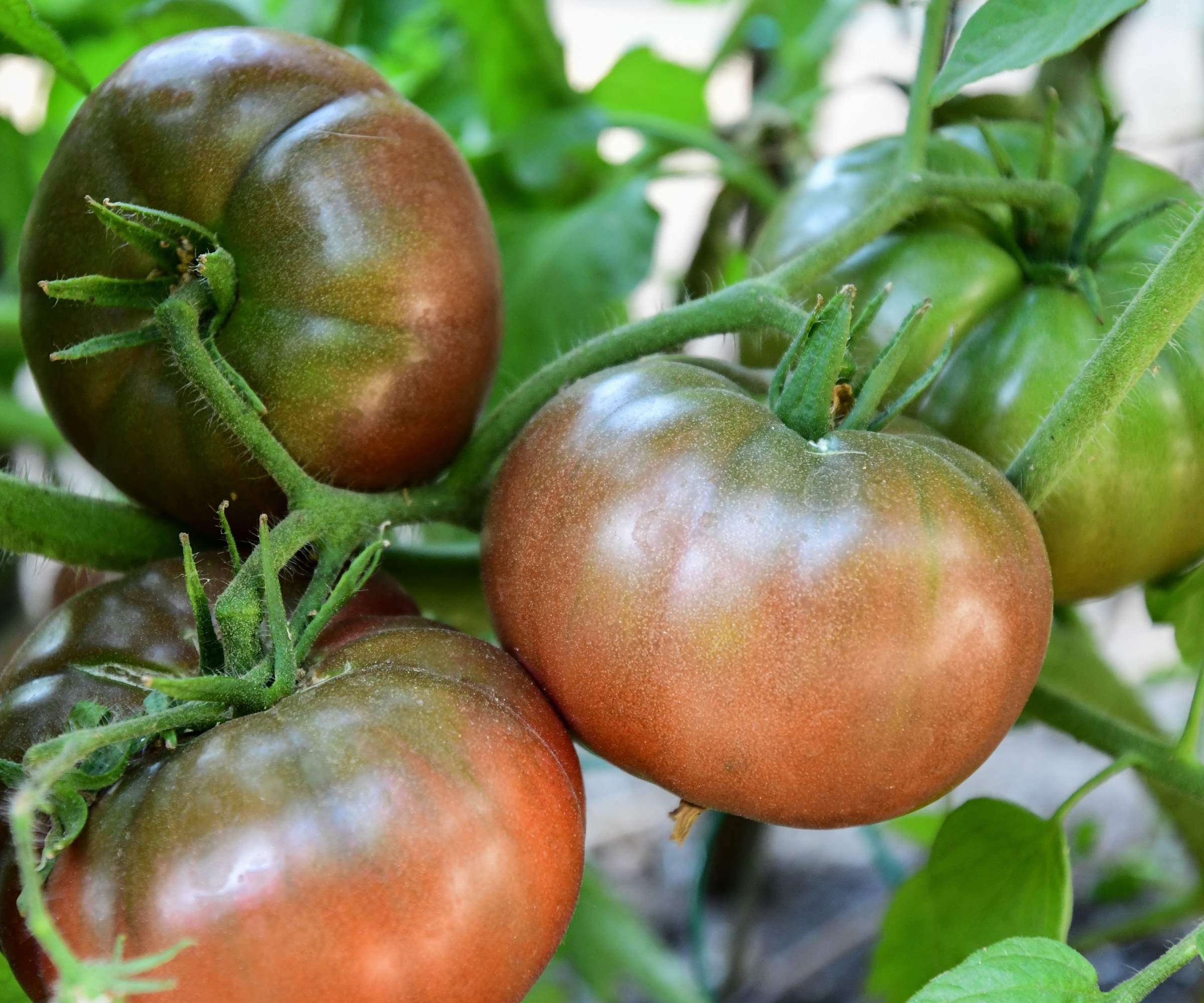
While it may be tempting to use weed killer or pesticides on or near your raised bed, Emma warns that these chemicals can harm your soil for years. Instead, she suggests taking an organic approach to gardening. 'Try removing weeds by hand,' Emma says, or try using a weeding tool, available from Walmart, that will not cause long-lasting harm.
For more information on organic growing in raised beds, see our guide on what is hugelkultur gardening.
6. Choosing the wrong soil type

As with any container or pot gardening, soil health is important. Using poor soil will give you poor results. As a bare minimum, you should incorporate some kind of organic material into your soil, like compost, which will add vital nutrients to your soil. In addition, I would recommend adding an organic mulch or leaf mold to your borders and beds every year, which will help to feed the soil, suppress weeds and retain moisture.
7. Pick your material carefully
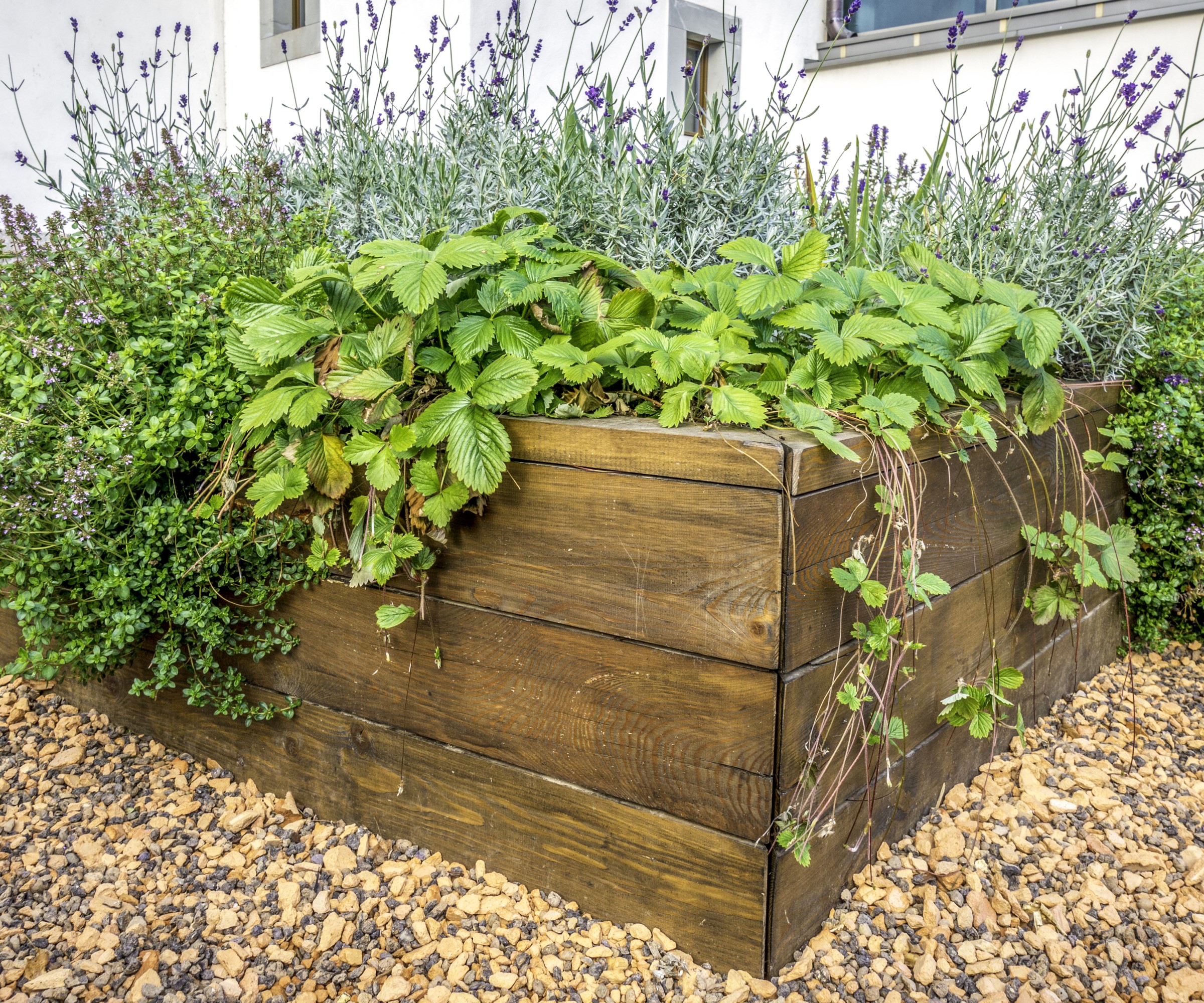
While we might like the look (and the cost) of wooden raised beds, remember that wood will decompose and rot over time. For practical, DIY gardeners, this might not be a problem, but if you are looking for something more durable, consider other materials, such as galvanized steel. Brick and stone are also great solutions, and they are materials that will not decompose.
FAQs
Should raised beds be open on the bottom?
Experts are divided on whether it is a good idea to fill the bottom of your bed. The answer often varies on a case-by-case basis. Open-raised beds are recommended as they can be reached by earthworms and other helpful microbes in the ground below. However, there are some instances where it is better to close the bottom of the bed. For example, if you know that the ground under the bed has been heavily treated with chemicals, or you have a problem with invasive weeds.
By following this guide, you will avoid making raised bed gardening mistakes and your beds will be healthy and happy, rewarding you with plenty of fruit and veg. For more ideas on raised bed gardening, see our guide to keyhole gardening, an innovative approach to growing your own crops.
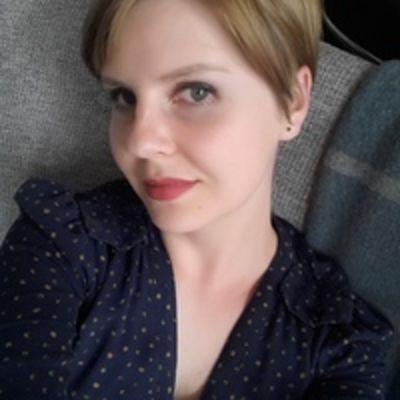
Anna is a professional writer and academic. She taught English Literature for several years before joining Future where she wrote for Real Homes, Homes & Gardens and Livingetc for four years. She is a regular contributor for Parade Home, BiggerPockets, and many other publications. In her spare time, Anna enjoys hiking and gardening.
- Thomas RutterContent Editor
